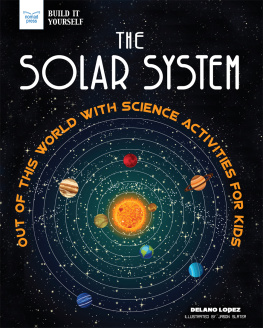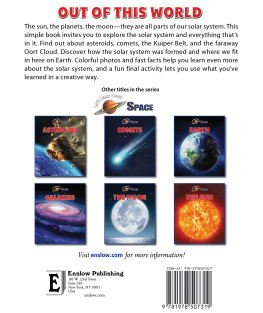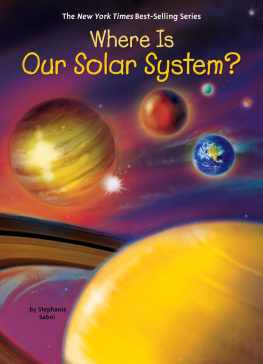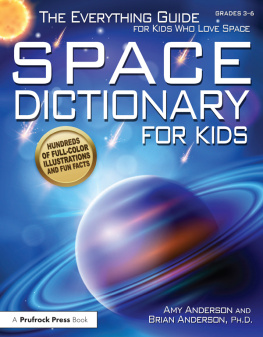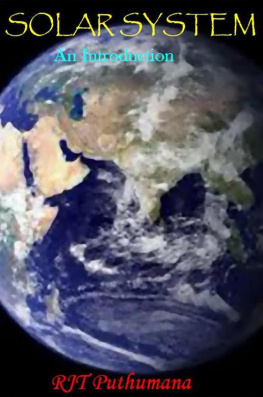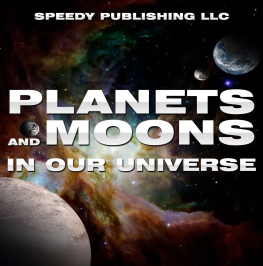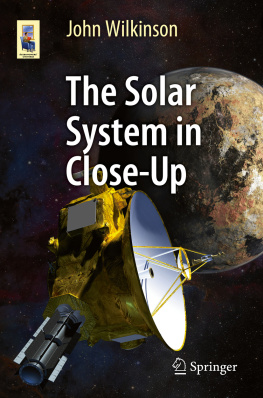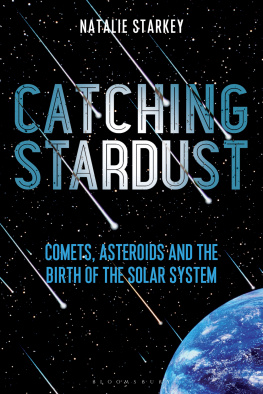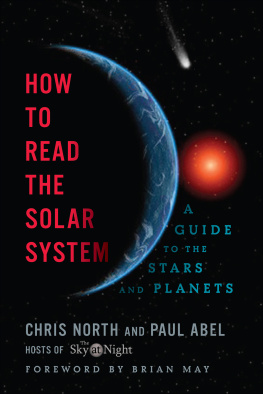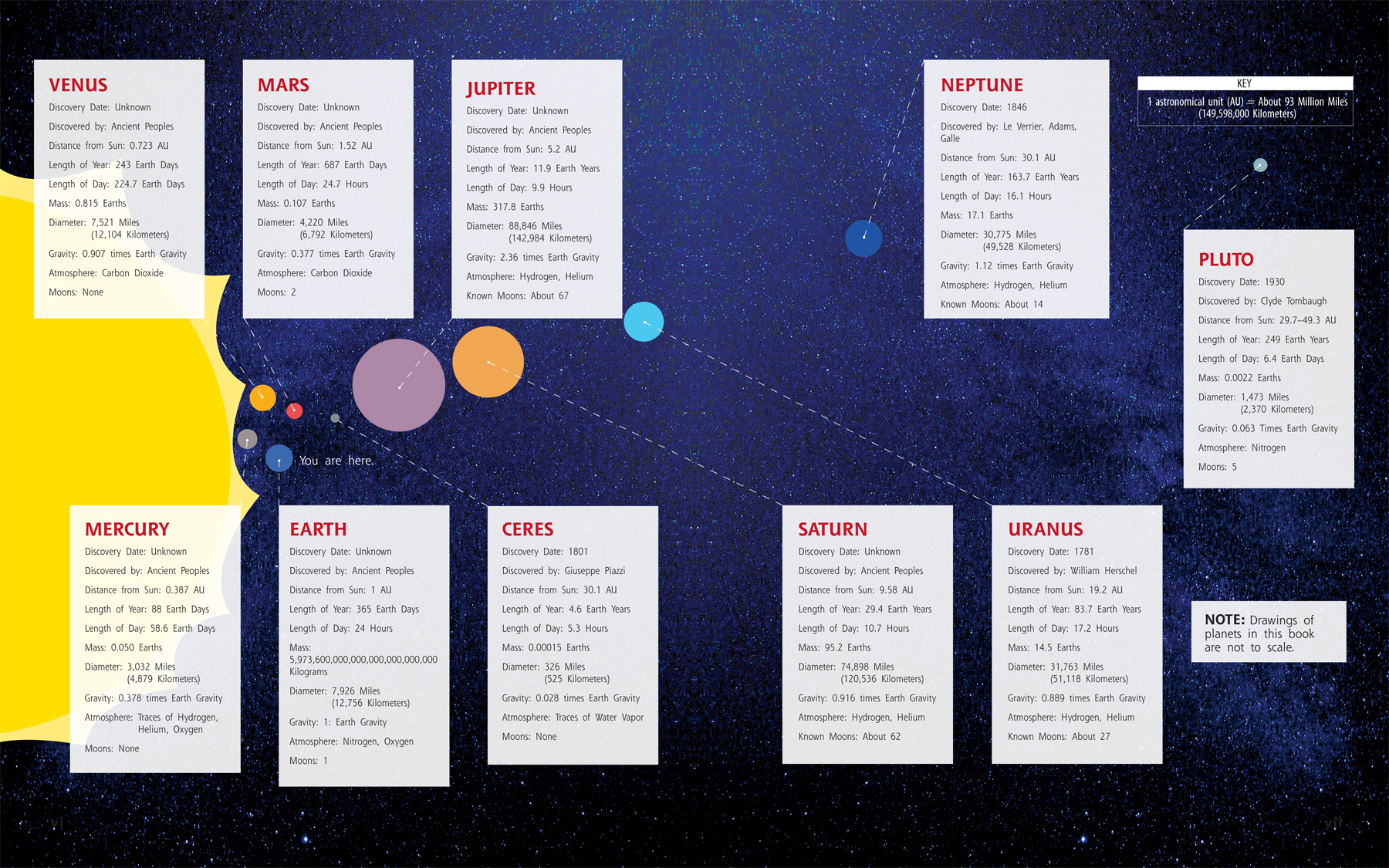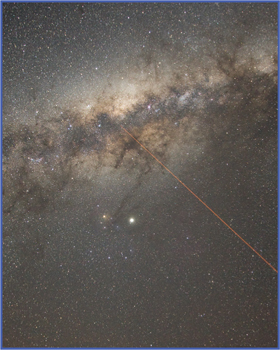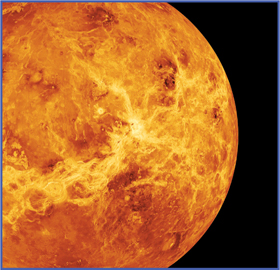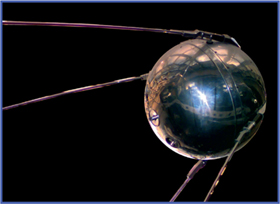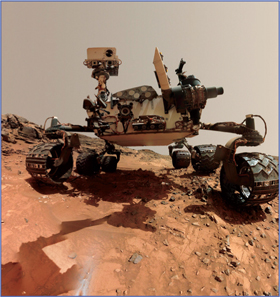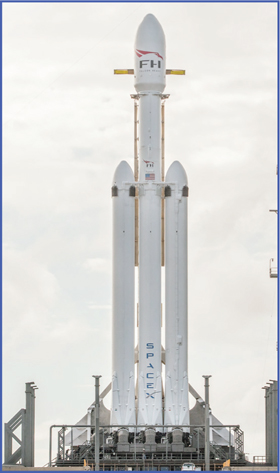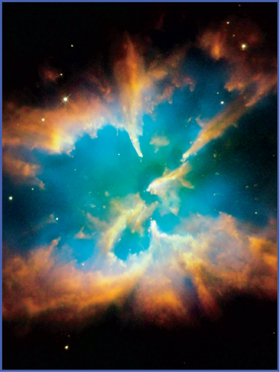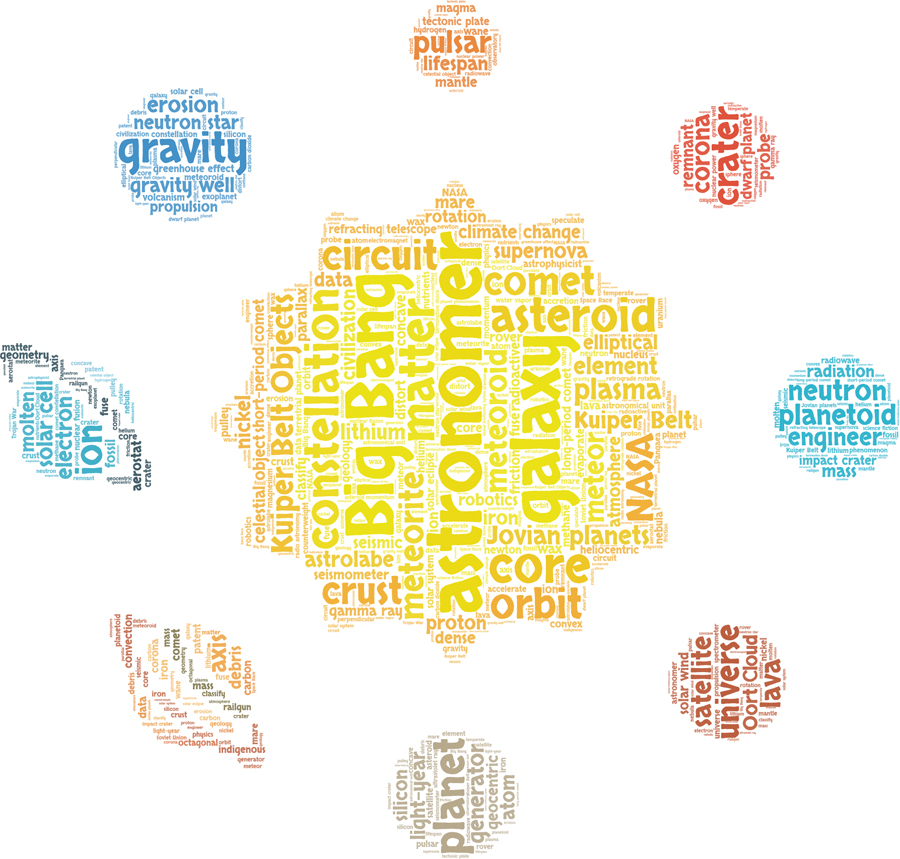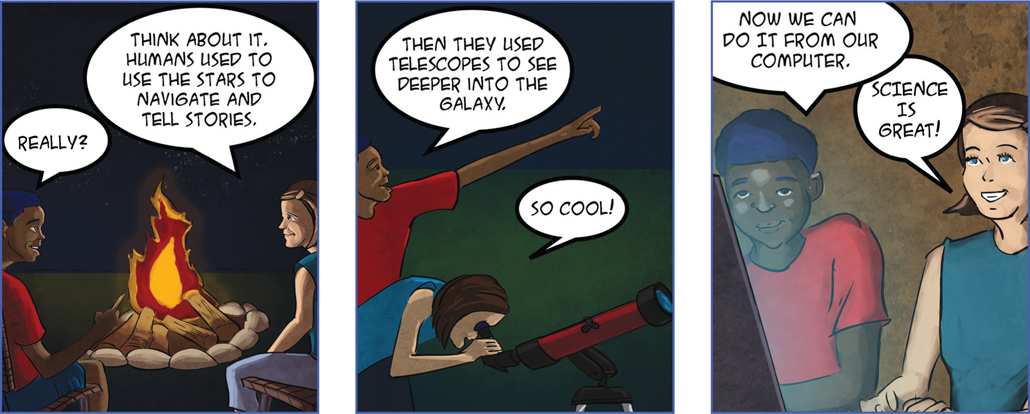Delano Lopez - The Solar System: Out of This World with Science Activities for Kids
Here you can read online Delano Lopez - The Solar System: Out of This World with Science Activities for Kids full text of the book (entire story) in english for free. Download pdf and epub, get meaning, cover and reviews about this ebook. year: 2019, publisher: Nomad Press, genre: Children. Description of the work, (preface) as well as reviews are available. Best literature library LitArk.com created for fans of good reading and offers a wide selection of genres:
Romance novel
Science fiction
Adventure
Detective
Science
History
Home and family
Prose
Art
Politics
Computer
Non-fiction
Religion
Business
Children
Humor
Choose a favorite category and find really read worthwhile books. Enjoy immersion in the world of imagination, feel the emotions of the characters or learn something new for yourself, make an fascinating discovery.
- Book:The Solar System: Out of This World with Science Activities for Kids
- Author:
- Publisher:Nomad Press
- Genre:
- Year:2019
- Rating:4 / 5
- Favourites:Add to favourites
- Your mark:
The Solar System: Out of This World with Science Activities for Kids: summary, description and annotation
We offer to read an annotation, description, summary or preface (depends on what the author of the book "The Solar System: Out of This World with Science Activities for Kids" wrote himself). If you haven't found the necessary information about the book — write in the comments, we will try to find it.
Look up! What do you see? The sun, moon, stars, other planets? Youre checking out the solar system!
The Solar System: Out of This World with Science Activities for Kids invites middle school kids on a journey of a lifetime to explore the comets, meteors, asteroids, sun, planets, and moons that make up the solar system. Kids learn about the history of space exploration and discovery, along with the tools of astronomy that have made it possible to study celestial objects even outside our own solar system. While space seems far away, and really, it is, The Solar System brings it closer to the classroom with fun facts and engaging language kids will find exciting!
Space has been fascinating to humans since we first looked up, and that sense of wonder is still very much a part of a young astronomers experience. As the tools of space exploration become more and more sophisticated, the farther reaches of outer space become accessible to everyone back on Earth. Photos from the rovers on Mars, images of Pluto from New Horizons spacecraft, communications from Comet 67P via the Philae comet probe all bring the solar system up close and personal for anyone with an internet connection.
The Solar System includes hands-on STEM activities and critical thinking exercises related to astronomy and space exploration. Fun facts, links to online primary sources and other supplemental material, and essential questions encourage readers to take a deep dive toward the outer limits of our home!
Nomad Press books integrate content with participation. Common Core State Standards, the Next Generation Science Standards, and STEM Education all place project-based learning as key building blocks in education. Combining content with inquiry-based projects stimulates learning and makes it active and alive. Nomads unique approach simultaneously grounds kids in factual knowledge while allowing them the space to be curious, creative, and critical thinkers.
Delano Lopez: author's other books
Who wrote The Solar System: Out of This World with Science Activities for Kids? Find out the surname, the name of the author of the book and a list of all author's works by series.

